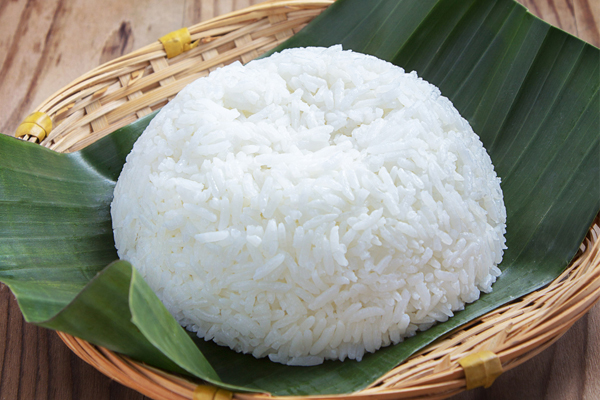Calrose Rice

General Description
Calrose Rice originated and was developed in California in 1948. Calrose has become a name recognized in trade and the market place for the California type medium grain rice. The name “rose” indicates medium-grain shape and “Cal” to indicate California origin and production.
It is the most recognized variety of California rice in the United States and abroad, especially in the Pacific.
The polished (white) short-grain Japanese rice (japonica) or medium-grain California rice, are both often labeled as sushi rice or Calrose rice at the stores in the US.
There are multiple nutritional benefits to Calrose Rice. They include,
No Fat – One serving of one-quarter cup has 0 g of fat
Low Calories – One serving of one-quarter cup has only 150 calories.
Great source of carbohydrates – One serving has 33 g of carbohydrates.
The rice is not as gummy but stays relatively soft when cool, unlike long grain rice.
Types
Medium Grain (Calrose)
This is the predominant variety grown in California and known the world over. It is the most popular variety of rice in the Pacific islands accounting for 90% of the rice consumed there. This non-glutinous variety is Medium in length, and full in width.
Short Grain
Typically considered as Japonica style due to it being a well-regarded cultivar in Japan. The kernels are short and round, and cook soft and sticky. In addition to its cooking characteristics, the rice tends to retain its same taste even when cooled, which makes it an ideal sushi rice. Japonica short grain is thought of as a premier variety.
Usage
Due to the soft and sticky characteristic of Calrose Rice, they can absorb flavors well. It also manages to stay together in soups and salads, holding its own among other ingredients.
The rice is used in many Mediterranean and Asian dishes such as paella, sushi, rice bowls, and risotto, mansaf and mahshi because of its sticky and flavor-capturing abilities.
Storage Condition
The dried grain White Calrrose Rice, has an indefinite shelf life in a pantry at room temperature. The main challenge is keeping it free of dust, insects, bugs and other contaminants. Keeping the container sealed and airtight helps protecting the rice and its shelf life.
Considerations
Calrose rice should not be considered an extensive part of a diet. It is not considered a good source of cholesterol, making it a good choice for those on cholesterol diet. Calrose rice lacks in dietary fiber, vitamin a, vitamin c, calcium and iron. One serving also has a small amount of protein.
Like other types of carbohydrates and starches, Calrose Rice is high in carbohydrates. For some, this energy is a benefit; for others, these sugars are detrimental to a diet.

